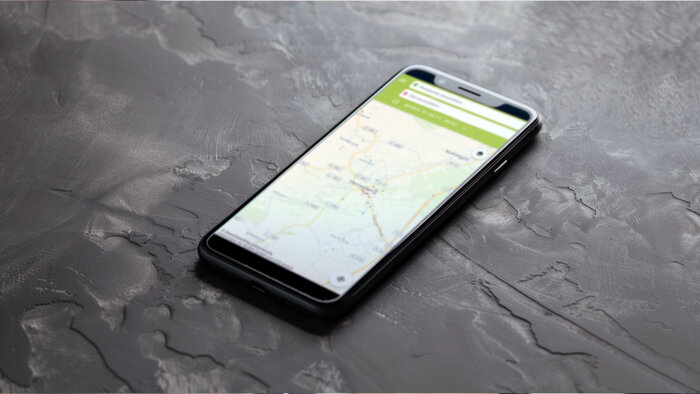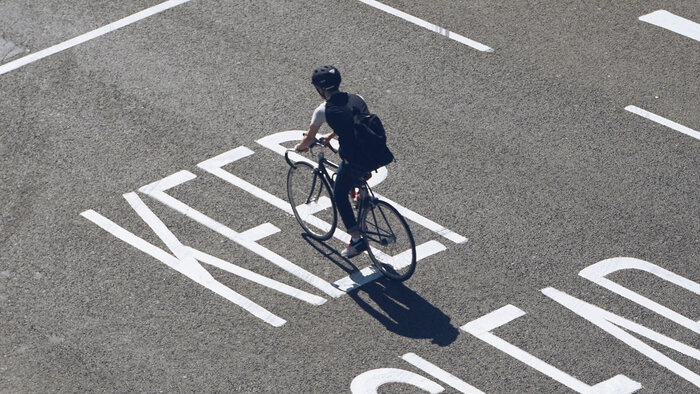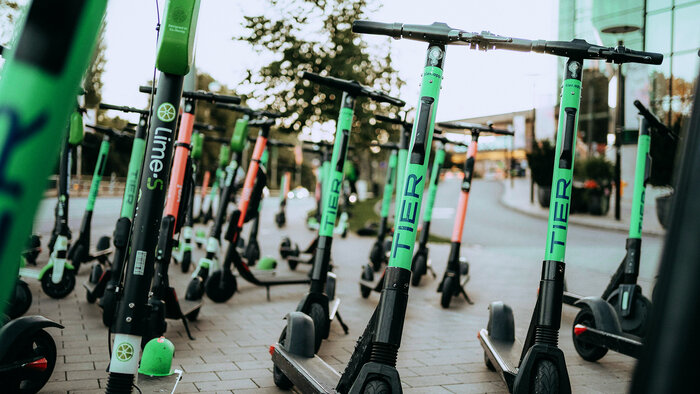Urban air mobility
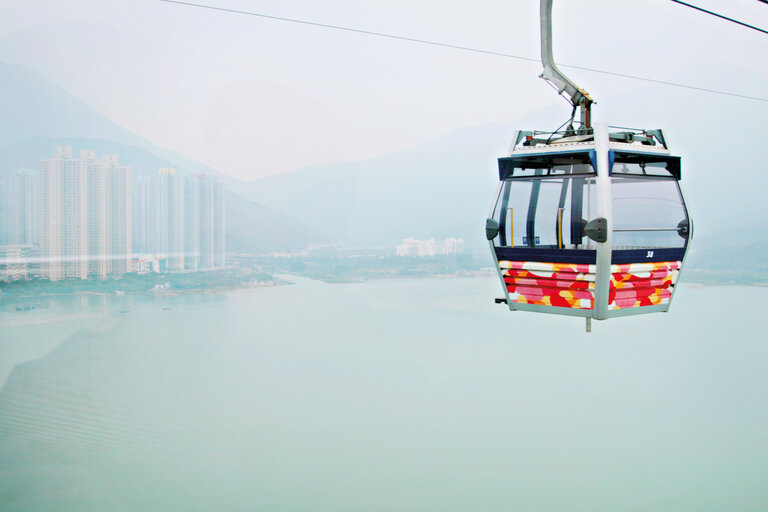
Winter sports enthusiasts and mountaineers know the feeling: cable cars transport you comfortably from the valley through the air, far up into the mountains. High above the ground, passengers can enjoy the almost infinite view while silently leaving obstacles such as hills and rivers behind them.
At a time when climate change and infrastructure are coming to people’s attention more than ever, cable cars are increasingly being considered as all-purpose solutions for urban areas. For this reason, The Federal Ministry of Transport and Digital Infrastructure (BMVI) has commissioned the Stuttgart planning and consulting company Drees & Sommer SE and the Institute of Transportation Research Stuttgart (VWI) to compile a joint report on the urban and transport planning integration of urban cable transport projects. The result should be a guideline for the implementation of cable transport systems as a component of public passenger transport, which is due to be presented in two years.
Setting new incentives
Endless traffic jams, overcrowded buses and trains, stressed out commuters: more and more German cities are reaching the limits of their infrastructure capacity. Cable cars could be the solution. Especially in urban regions, where airspace has exceptionally great potential, this means of transport would overcome challenges literally on a new level, due to its special features. ‘With this study and guideline, we want to create incentives to promote sustainable mobility in an urban context and to supplement the public transport system in a sensible way. Our goal is to create a national standard for urban cable transport systems in Germany which towns, cities and local communities can use as a guideline,’ says Steffen Bilger, the Parliamentary Secretary of State in the Federal Ministry of Transport. In spite of the ‘considerable success and demonstrable advantages’ of cable transport systems in many metropolitan cities worldwide, there is ‘not much experience of cable transport systems in an urban context’ in Germany.
Studying the cable transport systems in the cities of Medellín, La Paz, New York, Portland, Algiers, Lisbon, Brest, Bolzano, London, and Ankara is therefore an element of the joint study by Drees & Sommer and the Institute of Transportation Research. In its analysis, the study focuses on the designated purpose of the cable transport system, the planning process, integration into the urban context, the links with the wider public transport system and the effects on transport and traffic. The aim is to derive insights for possible cable transport projects in Germany.
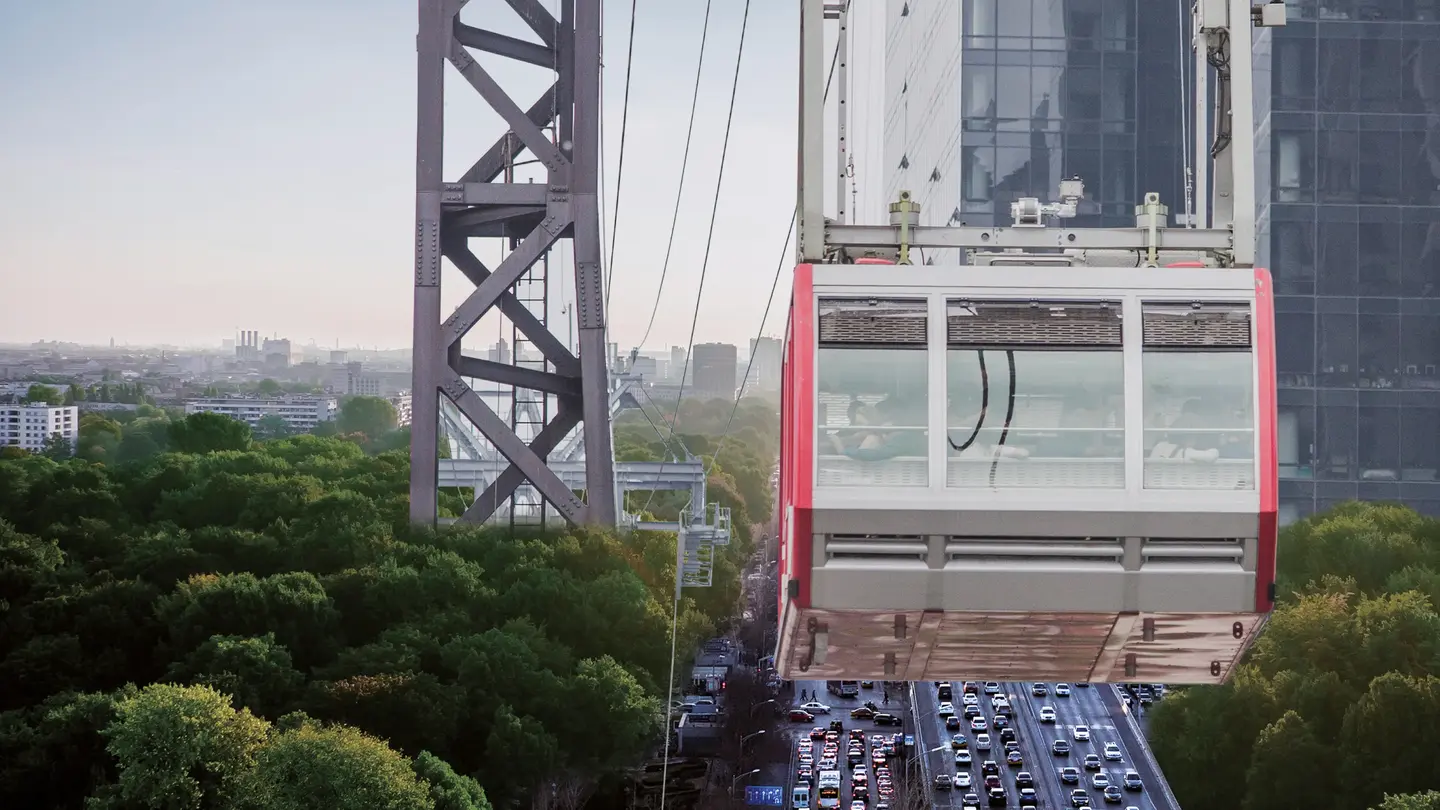
Sebastian Beck, an infrastructure expert at Drees & Sommer and the project manager of the study, is convinced that ‘cable transport systems as a supplement to the existing public transport system will be an essential option in the future, especially because the traffic systems in cities and major population centers will come under increasing strain.’
A mode of transport with an unbeatable cost-to-benefit ratio
Traffic congestion, air pollution, traffic noise, excess use of land and traffic accidents force the cities to reduce their existing traffic burden. This is where the advantage of cable transport systems come into play: they use overhead space and are largely independent from other modes of transport, they are technically sophisticated and hardly produce any local pollutant emissions. Above all, they are quiet, safe, efficient and can be implemented in a relatively short time.’
Apart from the suspended cable cars in the mountains, the only cable car systems in German cities to date are in Berlin, Koblenz and Cologne, where they were constructed for the German Garden Exhibition. However, there are numerous discussions and projects in various stages of development for the construction of cable transport systems to supplement the existing public transport infrastructure, for example in Berlin, Bonn, Dusseldorf, Cologne, Munich, Stuttgart and Wuppertal.
Koblenz: Hands off our cable car
Experience shows that once a cable car has become a part of local transit, public acceptance increases rapidly. The German city of Koblenz is one example of how popular an urban cable car can be. Built for the 2011 National Garden Show, the city’s cable car was supposed to be dismantled shortly thereafter. But a Koblenz citizen initiative dedicated itself to its preservation. Drees & Sommer advised the builder during the competition and selection process.
For Sebastian Beck, citizen support is the key criterion for success: ‘If cable cars are to be a part of the local transit picture in Germany too, involving citizens right from the start is vital. People’s concerns can only be addressed and alleviated by seeking dialog and proactively communicating,’ summarizes the expert.
